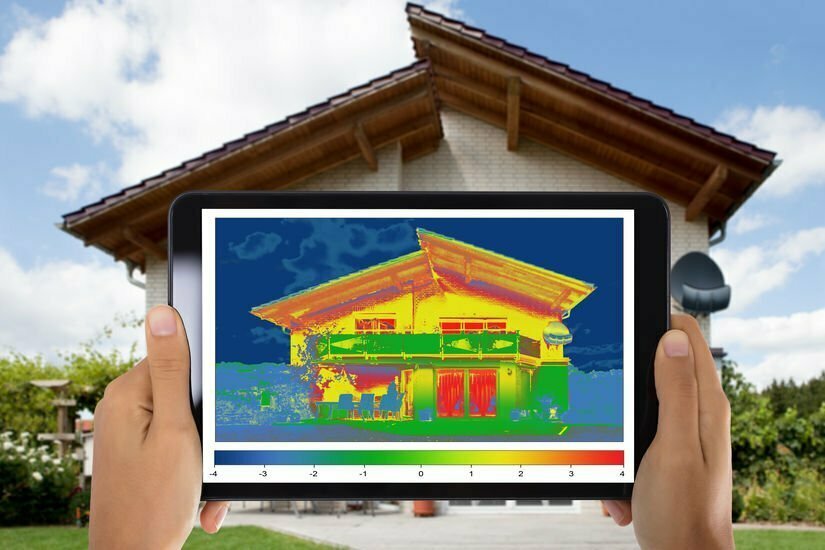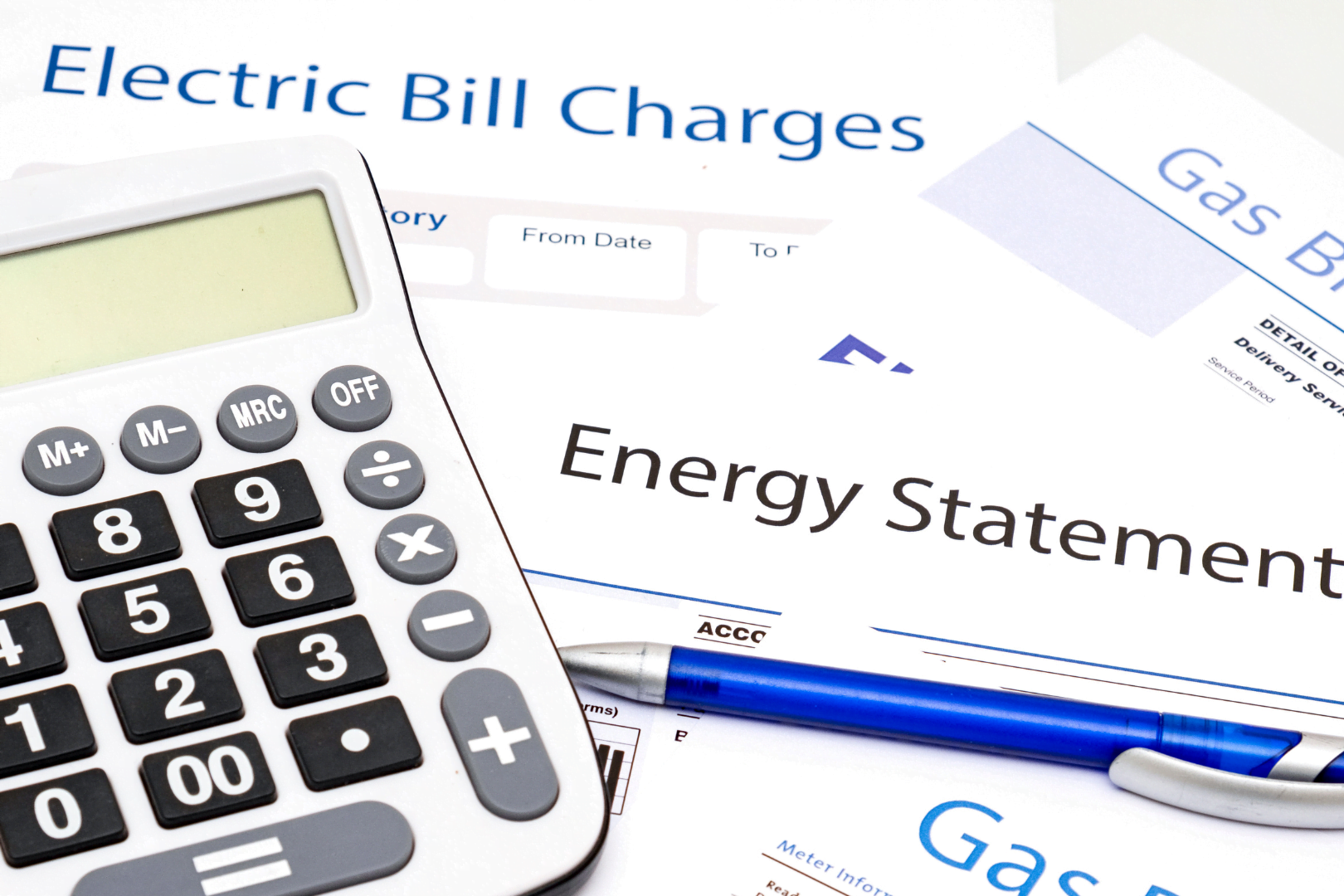When it comes to insulating your home, one of the most important factors to consider is the R-value of the insulation material. R-value measures the effectiveness of insulation in resisting heat flow. The higher the R-value, the better the insulating performance. This is key to understanding why injection foam wall insulation can be a smart investment for homeowners aiming to reduce energy costs.
What is R-value?
R-value is a measure of an insulating material’s ability to resist heat flow. It indicates the resistance to heat gain or loss through a material. R-value depends on the type of insulation, its thickness, and density. The higher the R-value, the more effective the insulation is.
R-value is useful for comparing the performance of different insulating materials. It helps determine the right amount of insulation needed for floors, walls, attics, and other areas in a home. Aim for the highest R-value within your budget to get the best insulation and energy savings.
Why R-Value Matters
A high R-value helps keep homes comfortable and reduces energy costs. Heat flows naturally from warmer areas to cooler ones. In winter, a home’s interior is warmer than the exterior. R-value resists this heat transfer and controls heat loss through walls, ceilings, windows, doors, and other building components.
The lower the R-value, the faster heat is lost. This forces your heating system to work harder to maintain a comfortable temperature. Insulation with a higher R-value more effectively traps heat inside your home, reducing the energy consumption needed for heating.
In summer, insulation works in reverse, keeping your cool air inside and warm exterior air out. Proper insulation reduces the need for air conditioning. Overall, an insulation material with a higher R-value provides greater energy efficiency and savings on utility bills year-round.
Comparing Injection Foam R-Value to Other Insulations
Different types of insulation have a wide range of R-values. Here are the typical R-values per inch of thickness for common insulation materials:
- Injection foam insulation – R4.6 to R5
- Open cell spray foam insulation – R-3.9
- Closed cell spray foam insulation – R7.4
- Blown-in fiberglass insulation – R-value of 2.2 to 2.9
- Fiberglass batt insulation – R-3.0 to R-3.8
- Cellulose insulation – R-3.1 to R-3.8
- Mineral wool insulation – R-3.0 to R-3.5
- Foam board – R-4.5 to R-5
As you can see, injection foam insulation offers an exceptionally high R-value, outperforming fiberglass, cellulose, and mineral wool batts. This demonstrates injection foam’s superior ability to create an effective insulating barrier on your home’s walls.
Injection Foam vs. Spray Foam Insulation
Both injection foam and spray foam are polyurethane foam products. However, there are some differences between these two types of insulation.
Spray foam insulation expands significantly after application, filling cracks and gaps while adhering tightly to surfaces. This provides an airtight seal that resists air infiltration. Spray foam is available in closed-cell and open-cell formulas.
does not expand like spray foam. It is injected using specialist tools and simply fills the space in wall cavities without adhering. This makes injection foam easily removable if needed.
Since injection foam does not expand significantly or bond to wall materials, it can be applied to existing wall cavities through small holes. This allows easy retrofitting of insulation into older homes without wall demolition.
Savings from Injection Foam Insulation
Adding injection foam wall insulation is an investment that can lead to savings. According to the US Department of Energy, you can reduce heating and cooling costs by up to 30% by upgrading wall insulation.
With injection foam’s high R-value ranging from R-4.6 to R-5.0 per inch, adding this insulation provides outstanding thermal protection for your home. More heat stays inside your house in winter, and outside air is kept from infiltrating and raising AC costs in summer.
Injection foam insulation pays for itself over time through lower energy bills. The precise savings depend on factors like your climate zone, house size, current insulation, and energy costs. An energy audit can give a more accurate estimate of energy savings.
Overall, injection foam insulation offers benefits like simple installation, minimal expansion, easy removal if needed, and superior R-value. For wall insulation retrofits, injection foam is worth considering to maximize energy efficiency and savings on electric and gas bills. Investing in injection foam wall insulation can provide long-lasting returns through greater comfort and reduced heating and cooling costs in any home
Injection Foam Insulation from Cincinnati Retrofoam
Cincinnati RetroFoam has been providing premium foam insulation services to homeowners since 2015. Our foam insulation is not available from any other company in the area.
Our mission at Cincinnati RetroFoam is to deliver an unmatched service while helping people. We put our best effort into every job so that homeowners can enjoy the comfort and savings they expect. Our absolute focus is on providing a service that no one else does while making a positive impact on people’s lives.
Insulate your home and reduce energy costs with Cincinnati RetroFoam’s expert injection foam wall insulation – contact us today to schedule your free estimate.


